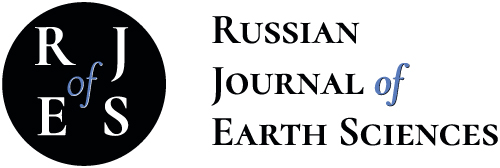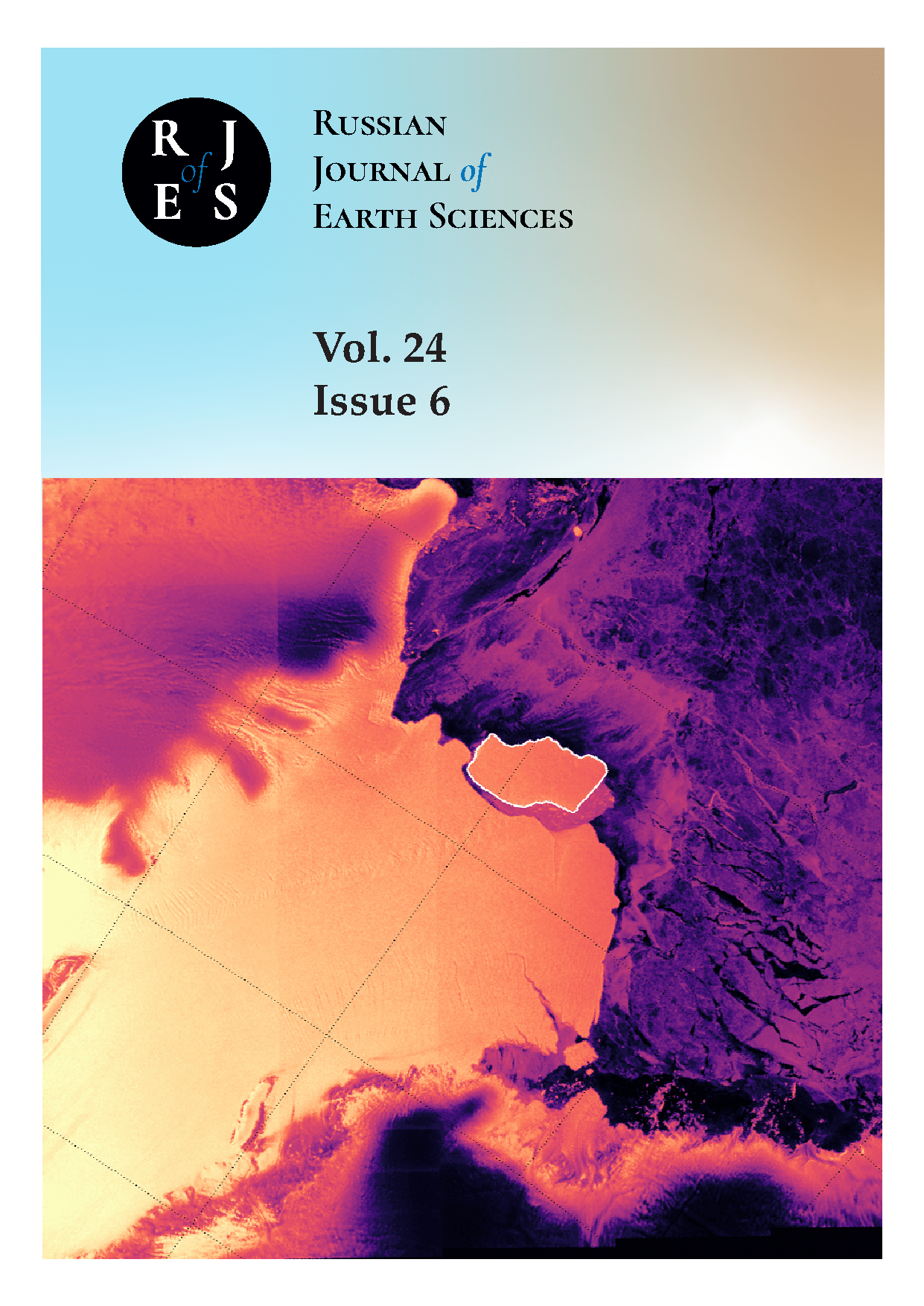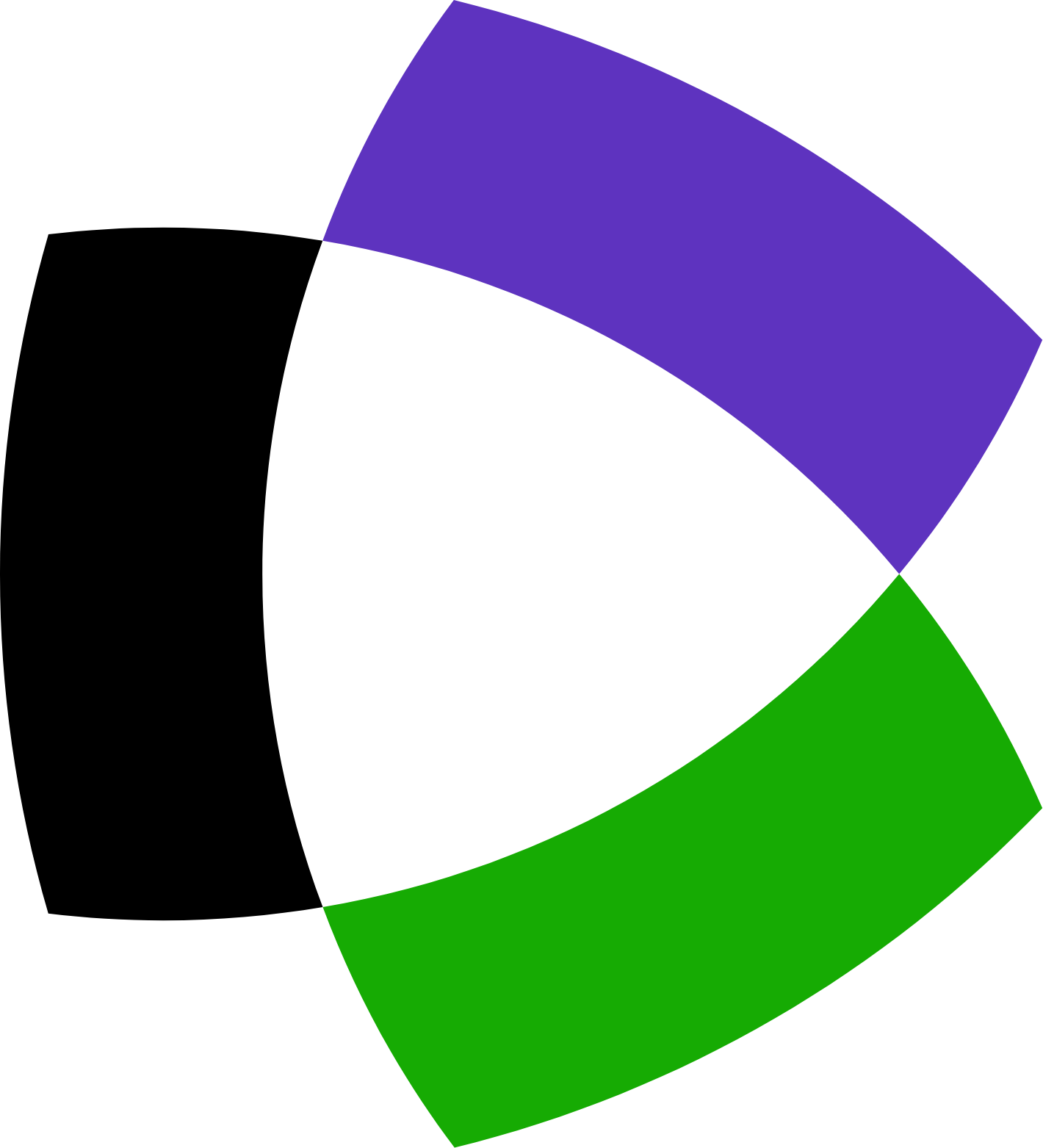Институт физики Земли им. О.Ю. Шмидта РАН
Геофизический Центр РАН
Москва, Россия
Москва, Россия
Апатиты, Россия
с 01.01.2003 по настоящее время
Центр физико-технических проблем энергетики Севера КНЦ РАН (Научный сотрудник)
Геофизический центр РАН
Апатиты, Мурманская область, Россия
Апатиты, Мурманская область, Россия
УДК 53 Физика
УДК 537 Электричество. Магнетизм. Электромагнетизм
УДК 537.8 Электромагнетизм. Электромагнитное поле. Электродинамика. Теория Максвелла
УДК 537.85 Индукция. Переменные токи
УДК 537.855 Переменные токи
УДК 55 Геология. Геологические и геофизические науки
УДК 550.34 Сейсмология
УДК 550.383 Главное магнитное поле Земли
ГРНТИ 37.01 Общие вопросы геофизики
ГРНТИ 37.15 Геомагнетизм и высокие слои атмосферы
ГРНТИ 37.25 Океанология
ГРНТИ 37.31 Физика Земли
ГРНТИ 38.01 Общие вопросы геологии
ГРНТИ 36.00 ГЕОДЕЗИЯ. КАРТОГРАФИЯ
ГРНТИ 37.00 ГЕОФИЗИКА
ГРНТИ 38.00 ГЕОЛОГИЯ
ГРНТИ 39.00 ГЕОГРАФИЯ
ГРНТИ 52.00 ГОРНОЕ ДЕЛО
ОКСО 05.00.00 Науки о Земле
ББК 26 Науки о Земле
ТБК 63 Науки о Земле. Экология
BISAC SCI SCIENCE
This review considers several issues of space weather studies that are directly related to the problem of geomagnetically induced current (GIC) excitation in the power line transmission systems. Expectations to reduce the damage to technological systems from space weather were related with elaboration of models capable of real-time predictions of electromagnetic disturbances at the Earth's surface. However, the examination of the feasibility of the MHD simulation to predict the level of geomagnetic field variability, and consequently GICs, during the May 27–28, 2017 storm showed that the modeling reasonably well reproduced the global magnetospheric parameters, but the predicted magnetic field variability dB/dt has turned out to be more than order of magnitude less than that observed. The reason is the inability of current global MHD models to adequately predict the fine structure of the storm/substorm – Pi3 disturbances, and consequently GICs that they drive. Moreover, impulsive disturbances such as Pi3 pulsations demand a special tool for their analysis. Data processing technique for a 2D network of magnetic stations has to be elaborated to automatically recognize eddy current structures in the ionosphere and estimate their characteristics. The proposed technique applied to Pi3 pulsations on March 17, 2013 revealed that each vortex caused a disturbance of the vertical magnetic component Z and GIC burst up to ∼ 100A. The efficiency of GIC generation by different types of magnetic storms must be examined. For that it is necessary to compare GIC responses to storms caused by coronal mass ejection and by corotating interaction region, and to estimate the normalized GIC-effectiveness of each storm. The excitation rate of GIC during storms may be associated with the occurrence of mesoscale current vortices.
magnetic storm, substorms, magnetic impulsive events, ionospheric vortex, geomagnetically induced currents, Pi3 pulsations, power transmission lines
1. Amm, O., and A. Viljanen (2014), Ionospheric disturbance magnetic field continuation from the ground to the ionosphere using spherical elementary current systems, Earth, Planets and Space, 51(6), 431–440, https://doi.org/10.1186/BF03352247.
2. Apatenkov, S. V., V. A. Pilipenko, E. I. Gordeev, et al. (2020), Auroral Omega Bands are a Significant Cause of Large Geomagnetically Induced Currents, Geophysical Research Letters, 47(6), https://doi.org/10.1029/2019GL086677.
3. Belakhovsky, V. B., V. Pilipenko, M. Engebretson, et al. (2019), Impulsive disturbances of the geomagnetic field as a cause of induced currents of electric power lines, Journal of Space Weather and Space Climate, 9, https://doi.org/10.1051/swsc/2019015.
4. Belakhovsky, V. B., V. A. Pilipenko, Y. A. Sakharov, and V. N. Selivanov (2023), The Growth of Geomagnetically Induced Currents during CME and CIR Geomagnetic Storms in 2021, Bulletin of the Russian Academy of Sciences: Physics, 87(2), 236–242, https://doi.org/10.3103/S1062873822700988.
5. Borovsky, J. E., and M. H. Denton (2006), Differences between CME-driven storms and CIR-driven storms, Journal of Geophysical Research: Space Physics, 111(A7), https://doi.org/10.1029/2005JA011447.
6. Chinkin, V. E., A. A. Soloviev, and V. A. Pilipenko (2020), Identification of Vortex Currents in the Ionosphere and Estimation of Their Parameters Based on Ground Magnetic Data, Geomagnetism and Aeronomy, 60(5), 559–569, https://doi.org/10.1134/S0016793220050035.
7. Chinkin, V. E., A. A. Soloviev, V. A. Pilipenko, et al. (2021), Determination of vortex current structure in the high-latitude ionosphere with associated GIC bursts from ground magnetic data, Journal of Atmospheric and Solar-Terrestrial Physics, 212, 105,514, https://doi.org/10.1016/j.jastp.2020.105514
8. Dimmock, A. P., D. T. Welling, L. Rosenqvist, et al. (2021), Modeling the Geomagnetic Response to the September 2017 Space Weather Event Over Fennoscandia Using the Space Weather Modeling Framework: Studying the Impacts of Spatial Resolution, Space Weather, 19(5), https://doi.org/10.1029/2020SW002683.
9. Engebretson, M. J., K. R. Kirkevold, E. S. Steinmetz, et al. (2020), Interhemispheric Comparisons of Large Nighttime Magnetic Perturbation Events Relevant to GICs, Journal of Geophysical Research: Space Physics, 125(8), https://doi.org/10.1029/2020JA028128.
10. Gombosi, T. I., Y. Chen, A. Glocer, et al. (2021), What sustained multi-disciplinary research can achieve: The space weather modeling framework, Journal of Space Weather and Space Climate, 11, 1–55, https://doi.org/10.1051/swsc/2021020.
11. Heyns, M. J., S. I. Lotz, and C. T. Gaunt (2021), Geomagnetic Pulsations Driving Geomagnetically Induced Currents, Space Weather, 19(2), https://doi.org/10.1029/2020SW002557.
12. Kappenman, J. G. (2005), An overview of the impulsive geomagnetic field disturbances and power grid impacts associated with the violent Sun-Earth connection events of 29-31 October 2003 and a comparative evaluation with other contemporary storms, Space Weather, 3(8), https://doi.org/10.1029/2004SW000128.
13. Kozyreva, O., V. Pilipenko, R. Krasnoperov, et al. (2019), Fine structure of substorm and geomagnetically induced currents, Annals of Geophysics, 62, https://doi.org/10.4401/ag-8198
14. Kwagala, N. K., M. Hesse, T. Moretto, et al. (2020), Validating the Space Weather Modeling Framework (SWMF) for applications in northern Europe: Ground magnetic perturbation validation, Journal of Space Weather and Space Climate, 10, 33, https://doi.org/10.1051/swsc/2020034.
15. Morley, S. K. (2020), Challenges and Opportunities in Magnetospheric Space Weather Prediction, Space Weather, 18(3), https://doi.org/10.1029/2018SW002108.
16. Ngwira, C. M., D. Sibeck, M. V. D. Silveira, et al. (2018), A Study of Intense Local dB/dt Variations During Two Geomagnetic Storms, Space Weather, 16(6), 676–693, https://doi.org/10.1029/2018SW001911.
17. Pilipenko, V. A. (2021), Space weather impact on ground-based technological systems, Solar-Terrestrial Physics, 7(3), 68–104, https://doi.org/10.12737/stp-73202106.
18. Pilipenko, V. A., O. Kozyreva, M. Hartinger, et al. (2023), Is the Global MHD Modeling of the Magnetosphere Adequate for GIC Prediction: the May 27-28, 2017 Storm, Cosmic Research, 61(2), 120–132, https://doi.org/10.1134/S0010952522600044.
19. Pirjola, R., K. Kauristie, H. Lappalainen, et al. (2005), Space weather risk, Space Weather, 3(2), https://doi.org/10.1029/2004SW000112.
20. Pulkkinen, A., M. Hesse, M. Kuznetsova, and L. Rastätter (2007), First-principles modeling of geomagnetically induced electromagnetic fields and currents from upstream solar wind to the surface of the Earth, Annales Geophysicae, 25(4), 881–893, https://doi.org/10.5194/angeo-25-881-2007.
21. Pulkkinen, A., M. Hesse, S. Habib, et al. (2009), Solar shield: forecasting and mitigating space weather effects on highvoltage power transmission systems, Natural Hazards, 53(2), 333–345, https://doi.org/10.1007/s11069-009-9432-x.
22. Pulkkinen, A., L. Rastätter, M. Kuznetsova, et al. (2013), Community-wide validation of geospace model ground magnetic field perturbation predictions to support model transition to operations, Space Weather, 11(6), 369–385, https://doi.org/10.1002/swe.20056.
23. Rastätter, L., G. Tóth, M. M. Kuznetsova, and A. A. Pulkkinen (2014), CalcDeltaB: An efficient postprocessing tool to calculate ground-level magnetic perturbations from global magnetosphere simulations, Space Weather, 12(9), 553–565, https://doi.org/10.1002/2014SW001083.
24. Selivanov, V., T. Aksenovich, V. Bilin, et al. (2023), Database of geomagnetically induced currents in the main transmission line «Northern Transit», Solar-Terrestrial Physics, 9(3), 93–101, https://doi.org/10.12737/stp-93202311.
25. Tóth, G., I. V. Sokolov, T. I. Gombosi, et al. (2005), Space Weather Modeling Framework: A new tool for the space science community, Journal of Geophysical Research: Space Physics, 110(A12), https://doi.org/10.1029/2005JA011126.
26. Viljanen, A., and R. Pirjola (1994), Geomagnetically induced currents in the Finnish high-voltage power system: A geophysical review, Surveys in Geophysics, 15(4), 383–408, https://doi.org/10.1007/BF00665999.
27. Yagova, N. V., V. A. Pilipenko, Y. A. Sakharov, and V. N. Selivanov (2021), Spatial scale of geomagnetic Pc5/Pi3 pulsations as a factor of their efficiency in generation of geomagnetically induced currents, Earth, Planets and Space, 73(1), https://doi.org/10.1186/s40623-021-01407-2
28. Yu, Y., and A. J. Ridley (2008), Validation of the space weather modeling framework using ground-based magnetometers, Space Weather, 6(5), https://doi.org/10.1029/2007SW000345.
29. Zhang, J. J., C. Wang, and B. B. Tang (2012), Modeling geomagnetically induced electric field and currents by combining a global MHD model with a local one-dimensional method, Space Weather, 10(5), https://doi.org/10.1029/2012SW000772.


















